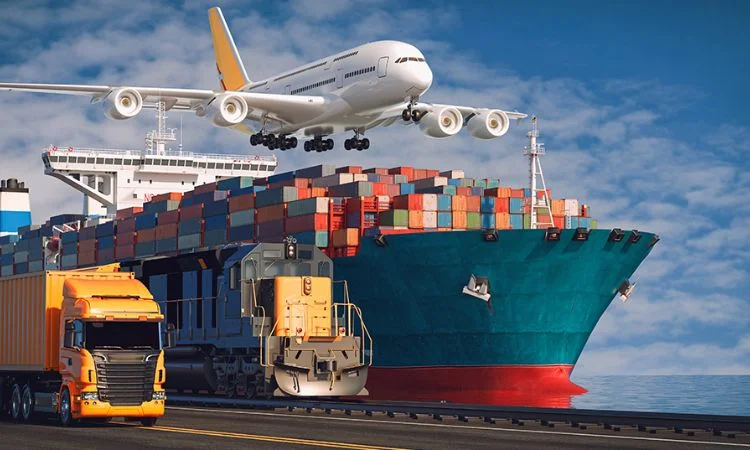An IEC code entitles traders to a number of advantages offered by the Indian government, including quick registration, various import/export schemes, and no additional compliance or renewal requirements.
The Customs Duties Act of 1962 governs the registration of the Importer-Exporter-Code (IEC). The trader is able to import and export goods outside of the country with this authorization.
What makes signing up for IEC Code necessary?
Obtaining an Import Export License is a must for traders and anybody wishing to import or export goods outside of India. Once registered, the 10-digit numeric code is yours to keep forever.
You cannot import or export anything outside of India without this authorization since you need the IEC Code when
-} Shipments are being sent by an exporter at the Customs Port.
-} Through the Bank, an importer sends money overseas.
-} Money is received by an exporter straight into their bank account.
-} The Customs Authorities get paid by you.
An IEC Code Registration is required in order to receive government advantages.
India’s IEC Registration Benefits
Market Growth
By registering for an import-export license, you can expand the reach of your company. You can raise your chances of making money by importing and exporting goods outside of India. This will boost your company’s reputation and strengthen its commercial ties with other nations.
Simple Procedure for Registration
The online ICE registration process has been launched by the Directorate General of Foreign Trade (DGFT). Businesses that are registered or not can apply for a license and receive a code in ten working days.
You do not require a separate LEC code if you have already registered under GST. At the transaction level, an identifier will be your GSTIN.
Not Complying Every Year
The Import-Export License does not need to be renewed or refilled after it has been registered because it is valid for life. It is a perpetual license that will be in effect for the duration of your company.
However, you must give up the license and cease operating the business by notifying DGFT in writing if you no longer want to use it.
Government Programs
In order to encourage imports and exports into India, the government has introduced a number of programs under the Foreign Trade Policy.
Scheme for Exports from India
This category includes the following two schemes:
-} Scheme for Merchandise Exports from India (MEIS)
This program provides exporters with a set of incentives and awards at a rate that may change depending on the product. Duty credit scrips, which are freely transferable, are used as the incentive.
At a rate of 2% to 5%, credit scrips are given based on the realized Free on Board (FOB) value of exports in free foreign exchange. Excise, service, and customs duties may all be paid with these credit scrips.
-} Scheme for Service Exports from India (SEIS)
For all service companies that provide services outside of India, the government grants incentives ranging from 3% to 5% (based on the net foreign exchange gained). Credit scrips are offered as incentives, which can be sold or transferred to another individual.
Additionally, you can use the credit scrips to pay different taxes while importing or exporting items.
Scheme for Duty Exemption and Remission
This programme, which encompasses multiple initiatives, aims to enhance the state of imports into India. Among the significant ones are –
-} Scheme for Duty-free Import Authorization (DFIA)
Under this arrangement, items that meet a minimum value addition requirement of 20% can be imported duty-free. Only the payment of the basic customs charge will be waived.
-} Customs Duty Refund, Central Excise Tax, and Service Tax
If a product is created using materials that have paid duty, you are eligible to receive a refund of the duty. One may request a refund by –
1.] Every Industry Rate as well as
2.] Brand Value
Additionally, you are eligible to receive a refund of service tax paid on services utilized to export products.

